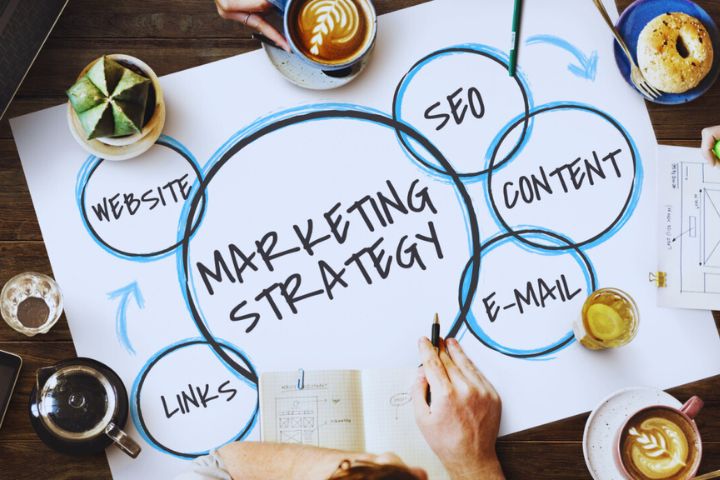5 Marketing Strategies: In the industrial era there was a marketing strategy that if you applied it, you knew that your company was going to sell, you were going to win. There was no doubt. It was a fact.
The strategy was the following, you have a product or service and you create impactful, creative advertising and distribute it massively. This guaranteed you success.
This strategy no longer works by itself; it does not guarantee that you will multiply sales.
But there are still a few strategies through which you can guarantee the success of your company. Of course, they are not as easy to start as it might seem. Philip Kotler defined them a few years ago and here I give them to you with some examples so that you, as a manager of an SME or a small local business, can apply them.
Table of Contents
The Winning 5 Marketing Strategies Are:
-
Be able to charge the lowest price on the market.
It is a fact that the cost of a product or service is one of the fundamental characteristics that affect the purchase of a product or service. There is a segment of the market that is growing and that is people who buy by price. This is helped by the lack of differentiation between offers: when faced with two similar offers, the customer chooses the cheaper one. Today, low-cost companies are based on this strategy. They normally lower the costs of their businesses, outsourcing services, innovating in distribution, or developing new technologies.
Airlines and supermarkets started, and little by little it has spread to other sectors. Those who are able to offer the lowest price are the winners.
If in your sector, industry or market you are able to charge the lowest price on the market, this is your strategy. If you find a means to produce the lowest priced product or service, you already have a strategy. If not, be very careful about using price as a sales strategy. You should communicate the rest of the values that your service or product offers to differentiate it from the cheapest one and make your client buy from you.
How can you apply this strategy to your local market or small business?
For companies that sell physical products (of any type) or in-person professional services (a lawyer, masseuse…), one way to apply this strategy even if you cannot compete on price at a global level is to offer the lowest price in your territory or field of acting . For example, maybe my restaurant’s daily menu cannot compete with other daily menus in price, but perhaps it can be the cheapest in my AREA OF PERFORMANCE. Your law firm may not be the cheapest in the country, but perhaps in your province. If your service requires physical proximity, you can apply this strategy.
-
Be able to offer the best product on the market, the highest quality.
Companies use this strategy. They are the best, and therefore, they have their market segment assured. Can you offer the best product? The highest quality? Develop this strategy and you will have your market won.
If you have a local business or offer services, be the best in your area, in your geographical area. Are you a pediatrician? Be the best pediatrician within 30 km. Do you sell fruit? Offers the best fruit in your city.
-
Offers Innovative products.
Diversify, innovate, and add functionalities to your services or products. Make a unique offer that has never been made before.
How to apply this strategy in your business? You may think that large companies have it easier, more resources, more staff…maybe. If you think you cannot offer truly innovative products, bring and import those products from other regions, from other places and offer them to your customers. Take a business trip to discover what is offered related to your business in other countries. Bring those ideas.
-
Innovate the business model and customer experiences.
Let’s go back to the pediatrician’s case. You carry out physical consultations with children in your locality and surrounding areas. Innovating the model could be including a daycare center in your center and a cafeteria for parents and children. You would be offering a different business model. User experience matters here. It has nothing to do with the product or service itself, but with the experience. An example of this strategy could be night shopping where stores open at night in a festive atmosphere or bookstores where you can have a coffee, attend talks, and read books before buying them at comfortable tables.
Create experiences that your competition cannot copy. Here we enter experiential marketing. Kotler recommends that we move away from the product and focus on the experience of that product.
-
The Design.
Design is one of the main stimuli when purchasing a product. But the design not only refers to the product itself, but also to the sending of the offer, the package, how it is opened, how the product is purchased, how they send you the documentation. The user guides, the after-sales information…what your physical office is like.
If you can differentiate yourself in Design (with capital letters and in all areas of your company) here is a winning strategy. Can you create your own style? An innovative design that differentiates you? And apply them to all areas of your company, product, and service and consumer usability? Good luck then with this strategy.
